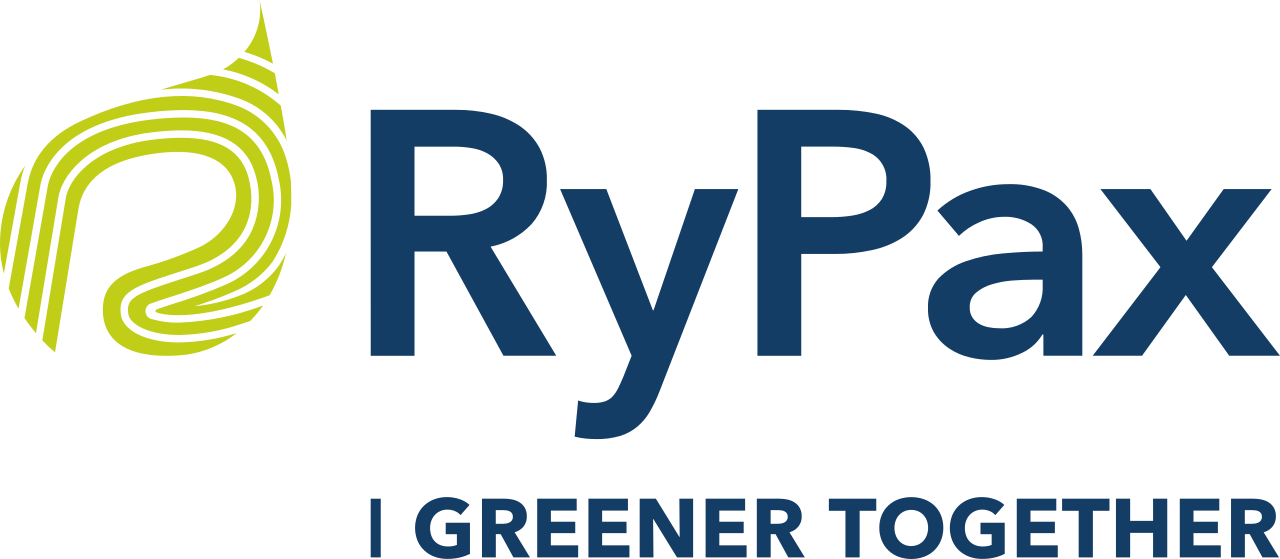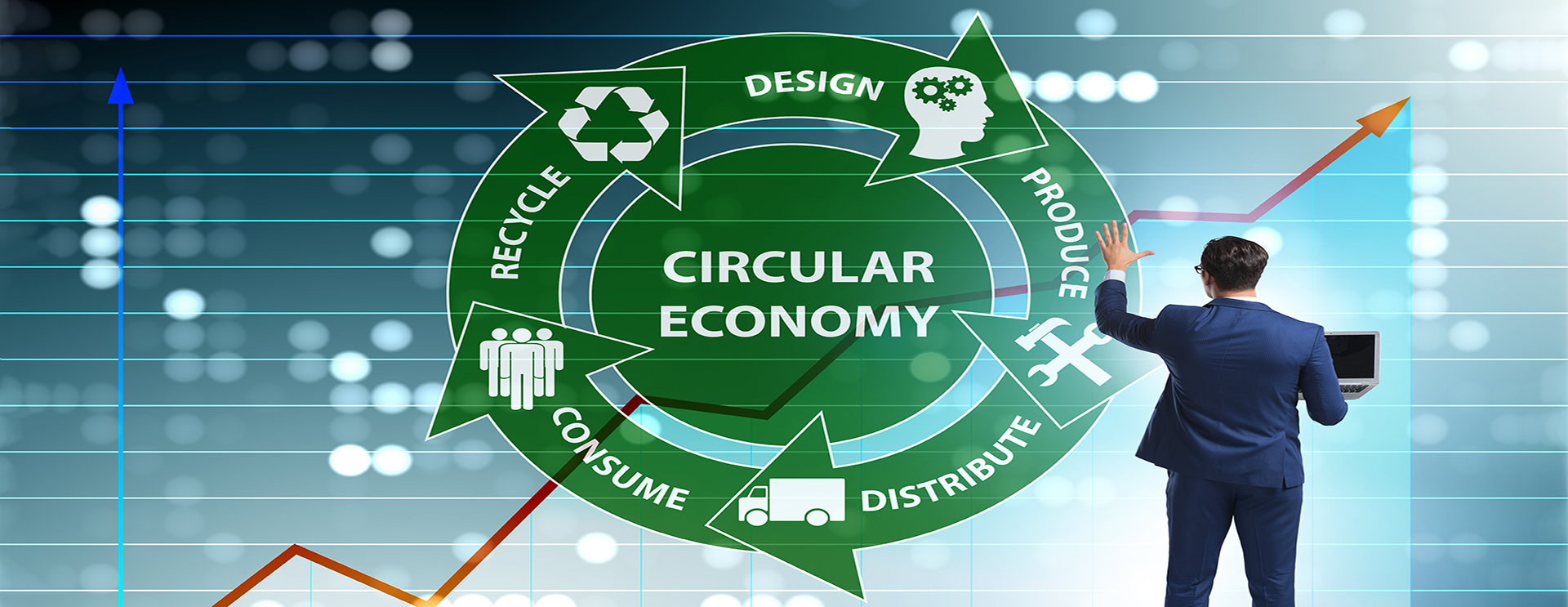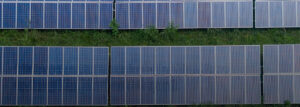Much of our modern economy is based on exploiting natural resources to make products. We are accustomed to using products and then throwing them away. This behavior has resulted in a linear economy in which materials flow in a straight line. They move from the extraction of resources, through the manufacturing and consumption stages, and ultimately end up clogging landfills, landscapes, and oceans.
However, there’s a movement afoot to create a new framework: a circular economy in which companies adopt sustainable practices to optimize the use of resources and minimize waste. The circular economy can lower the environmental footprint of businesses while creating an estimated $4.5 trillion additional economic output by 2030.
What is a Circular Economy?
Humans have been taking advantage of a “take, make, dispose” economy since we started producing and trading items. This linear economy has powered industrial development and amazing levels of growth. But economic production and expansion have come at a high price. It has required large quantities of energy and cheap, easily accessible materials. It is also causing an increasing amount of harm to the environment and communities.
A wide variety of factors — raw materials becoming more scarce, the rise in energy costs, population growth, the impacts of pollution and climate change, and shifting consumer preferences — are forcing companies to focus more closely on how they use materials and energy and to rethink their manufacturing processes and business goals.
A new holistic framework — known as the circular economy — has emerged that encourages moving away from the traditional model. It is based on three key principles: designing out waste and pollution, keeping products and materials in use, and regenerating natural systems. It promotes eliminating waste through the continual use of natural resources. Adopting circular economy strategies enables businesses to evaluate the environmental impact of their products throughout their life cycles — from resource extraction to end-of-life disposal.
One way for businesses to actively contribute to a circular economy is to transition to sustainable packaging solutions. Two of the primary goals of the circular economy are to reduce the impact of plastic waste and single-use packaging. Businesses concerned by both regulatory requirements and consumer environmental attitudes can reduce their disposal impacts by adopting sustainable, eco-friendly packaging.
Molder Fiber Is a Sustainable Packaging Option
Molded fiber is an eco-friendly packaging material. It is made from recycled corrugated pulp, paper, or fast-growing fibers. These recycled and sustainable materials minimize the impact of end-of-life disposal. Molded fiber packaging is 100% recyclable and biodegradable and contributes to a lower carbon footprint.
Molded fiber packaging made with fast-growing fibers is particularly environmentally friendly. Bamboo, bagasse (the pulpy residue left behind when sugarcane stalks are crushed to make sugar), reeds, and grasses are the most common fast-growing fibers used in molded fiber packaging.
Molded fiber packaging is sustainable from end to end. The manufacturing process upcycles traditionally discarded agricultural waste and uses sustainable virgin materials. It has longer fiber lengths and greater fiber concentration than packaging made with recycled post-consumer materials. It can be thermoformed into stronger but thinner (2 to 4 mm) thicknesses. As a result, molded fiber is an excellent, aesthetically pleasing packaging material suitable for a wide variety of products.
Fast-Growing Fibers Promote a Circular Economy
Molded fiber packaging made from fast-growing fibers fits well into circular economy strategies. Adopting this highly eco-friendly packaging solution instead of using plastic or recycled materials, including post-industrial adds value in two key circular economy spheres: resource recovery and circular supply chains.
Resource recovery gains are abundant with molded fiber packaging made from fast-growing fibers. Because of its structural strength and other properties, it can be used for a wide range of high-quality packaging. It has excellent shock-proof and pressure-resistant qualities. It also provides smooth draft angles, a premium feel, and a pure white color.
By providing this added level of quality, molded fiber packaging solutions produced with bagasse and bamboo are viable alternatives for plastic packaging options. Unlike plastics, molded fiber packaging is 100% biodegradable. It is also more easily recyclable than plastic. Its premium quality attributes also create a positive feedback loop in which consumers will enjoy its benefits and increase their demand for sustainable packaging.
Repurposing agricultural waste and using virgin fibers from fast-growing plants is compatible with efforts to build a circular supply chain. Molded fiber packaging solutions made from bagasse and bamboo reduce energy use and environmental impacts. They are not petroleum-based like plastics and are not produced using less sustainable virgin paper sources with higher environmental impacts, such as tree pulp.
Making the Transition
Adopting a packaging solution — such as molded fiber packaging — that fits into their circular economy strategy can help reduce a company’s environmental footprint, increase recycling, and reduce materials that end up in landfills, landscapes, and oceans. Incorporating smart packaging technologies can also boost circular efforts. For example, a QR code can educate end users about reusing or recycling the packaging materials.
When considering adopting an eco-friendly and circular-friendly packing solution, it’s important to keep in mind that any solution that theoretically provides a greater degree of circularity does not automatically result in an overall net positive for the environment. Companies must still perform a thorough lifecycle assessment to identify and verify environmental gains for specific packaging solutions.











